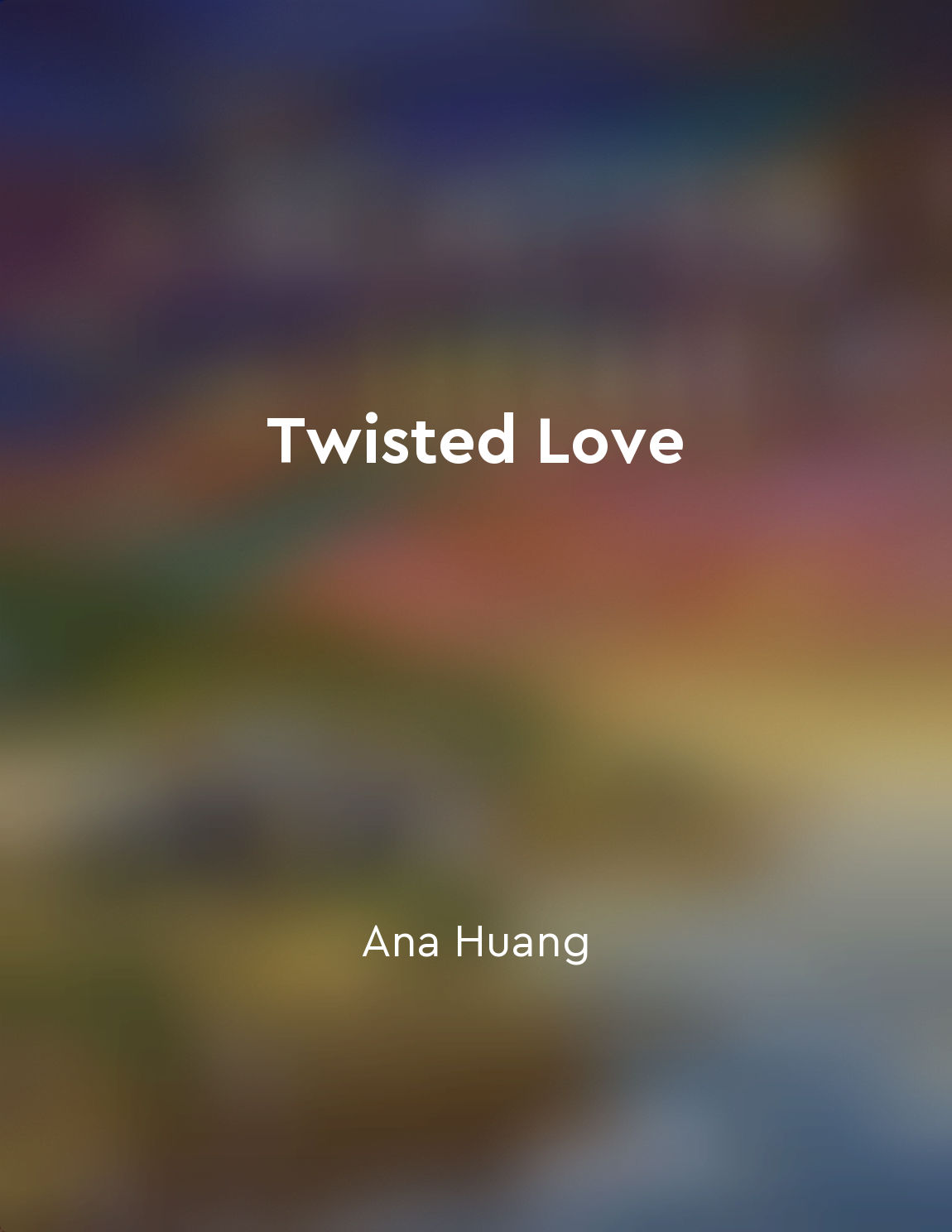Master the art of creating tension and conflict from "summary" of Creative Writing For Dummies by Maggie Hamand
Creating tension and conflict is essential in keeping your readers engaged and invested in your story. It is what keeps them turning the pages, eager to find out what happens next. Tension can come in many forms - from the internal struggles of a character to external conflicts with other characters or the environment. One way to create tension is through the use of suspense. By withholding information or revealing it slowly, you can keep your readers on edge, wondering what will happen next. This can be done through foreshadowing, where you hint at future events without giving too much away. By building anticipation in this way, you can create a sense of unease that will keep your readers hooked. Conflict is another key element in creating tension. Conflict can arise from a variety of sources, such as opposing goals, values, or personalities. By introducing conflict between characters, you can create drama and keep your readers engaged in the story. Conflict can also come from the internal struggles of a character, such as their fears, desires, or moral dilemmas. By exploring these inner conflicts, you can add depth to your characters and create a sense of tension that will draw your readers in. When creating tension and conflict, it is important to consider pacing. By varying the pace of your story, you can create peaks and valleys of tension that will keep your readers engaged. For example, you might build tension slowly over several chapters, only to release it suddenly in a climactic scene. By playing with the pace of your story in this way, you can create a dynamic and engaging narrative that will keep your readers on the edge of their seats.- Mastering the art of creating tension and conflict is essential for any writer. By using suspense, conflict, and pacing effectively, you can keep your readers engaged and invested in your story. So go ahead and experiment with these techniques in your own writing, and see how they can help you create a compelling and engaging story.
Similar Posts

A stranger arrives with dark secrets
As the sun dipped below the horizon, casting long shadows across the small town of Willow Creek, a stranger arrived. His arriva...
Romance novels show the importance of trust
In the world of romance novels, trust is a crucial element that underpins the development of relationships between characters. ...
She must confront her own demons
Ella knew that she had to face the darkness within herself. She understood that the only way to move forward was to confront he...
Explore the connection between romance and other genres
Romance novels are not confined to a single genre; they often intertwine with other genres to create a unique and captivating s...
Themes of fear, madness, and the unknown
Stephen King is a master at weaving together themes of fear, madness, and the unknown in his novels. These three elements often...
Emotional responses: driving behavior
Emotional responses play a crucial role in driving behavior. Our actions and decisions are heavily influenced by our emotions, ...
Dangerous liaisons spark
The dangerous liaisons that spark between two people are like a flame that cannot be extinguished. It is a forbidden attraction...
Writing is a craft that can be learned
Writing, my friends, is not some mysterious gift bestowed upon a chosen few at birth. It is not a magical art that only a selec...

Choices must be made that will change everything
Life is full of pivotal moments where decisions must be made. These decisions have the power to alter the course of our lives f...
Rhythm and pacing in dramatic structure
Rhythm and pacing in dramatic structure are crucial elements that contribute to the overall effectiveness of a play. These elem...

